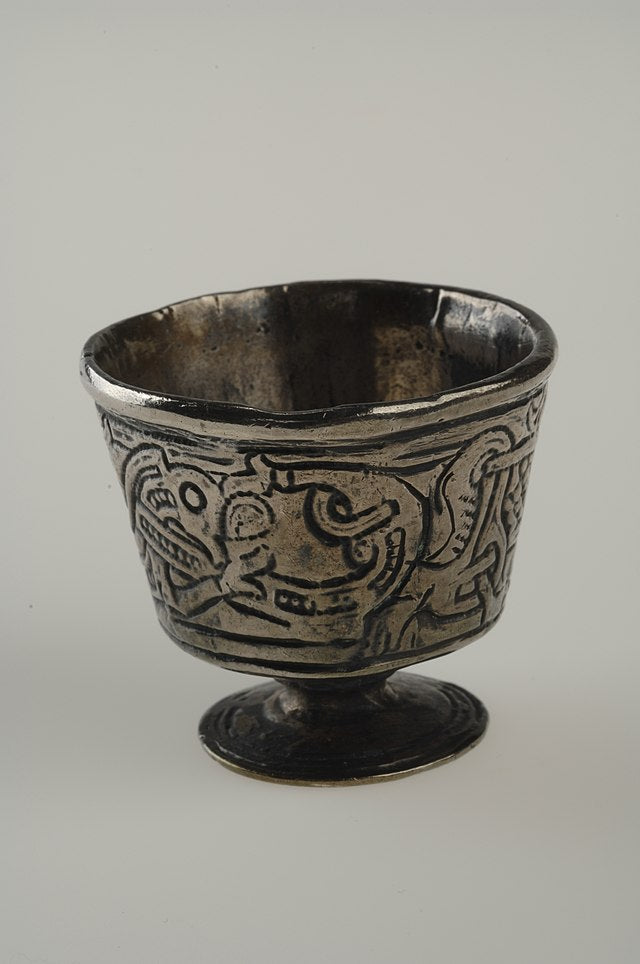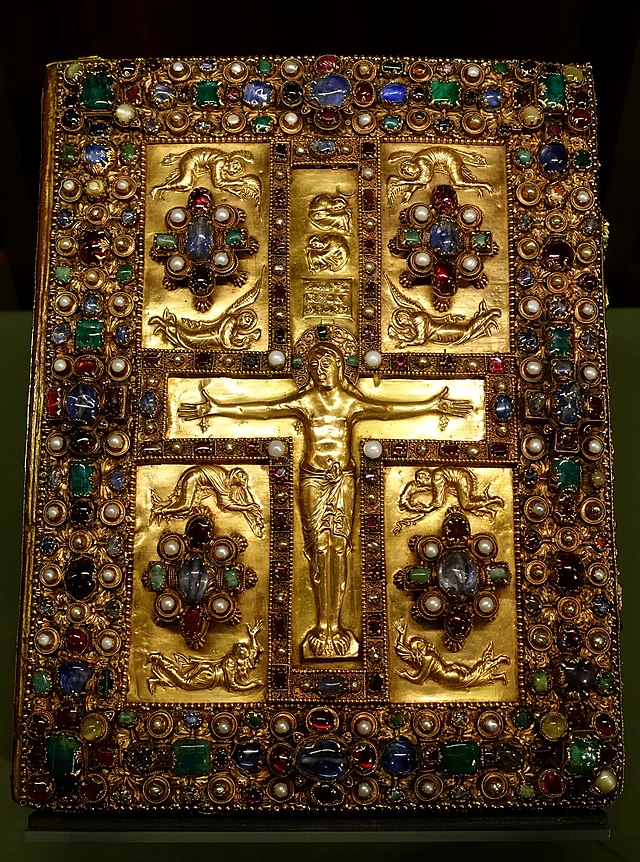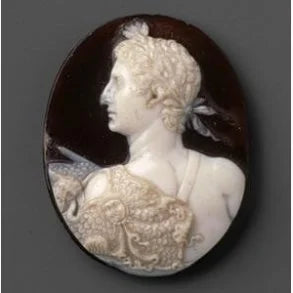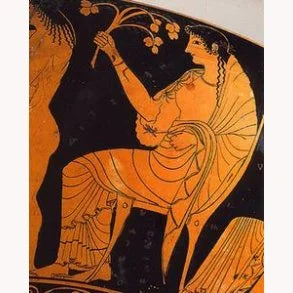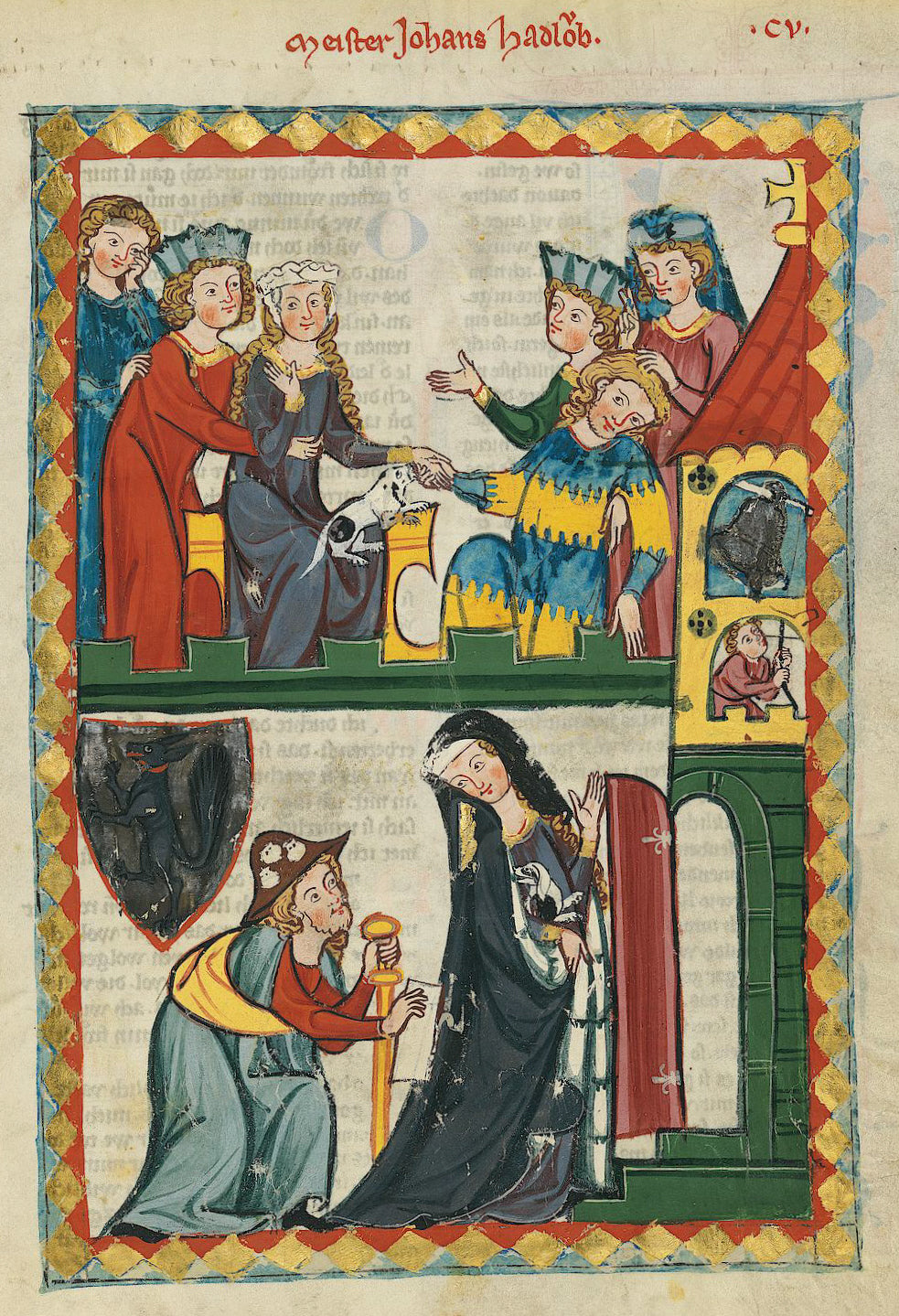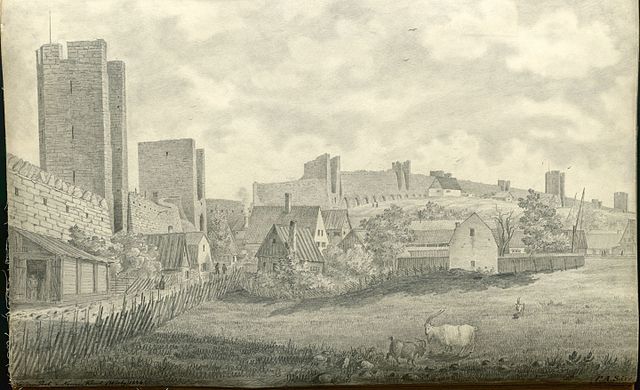This store requires javascript to be enabled for some features to work correctly.
Explore the rich history of jewelry at our website. From ancient civilizations to modern times, jewelry has been a symbol of adornment, alliance, and love. Not just a fashion statement, but also a practical form of investment. Learn about the origins and evolution of jewelry, the materials used throughout history, and how it reflects our cultural heritage. Discover the rich story behind each piece of jewelry here at our website.

